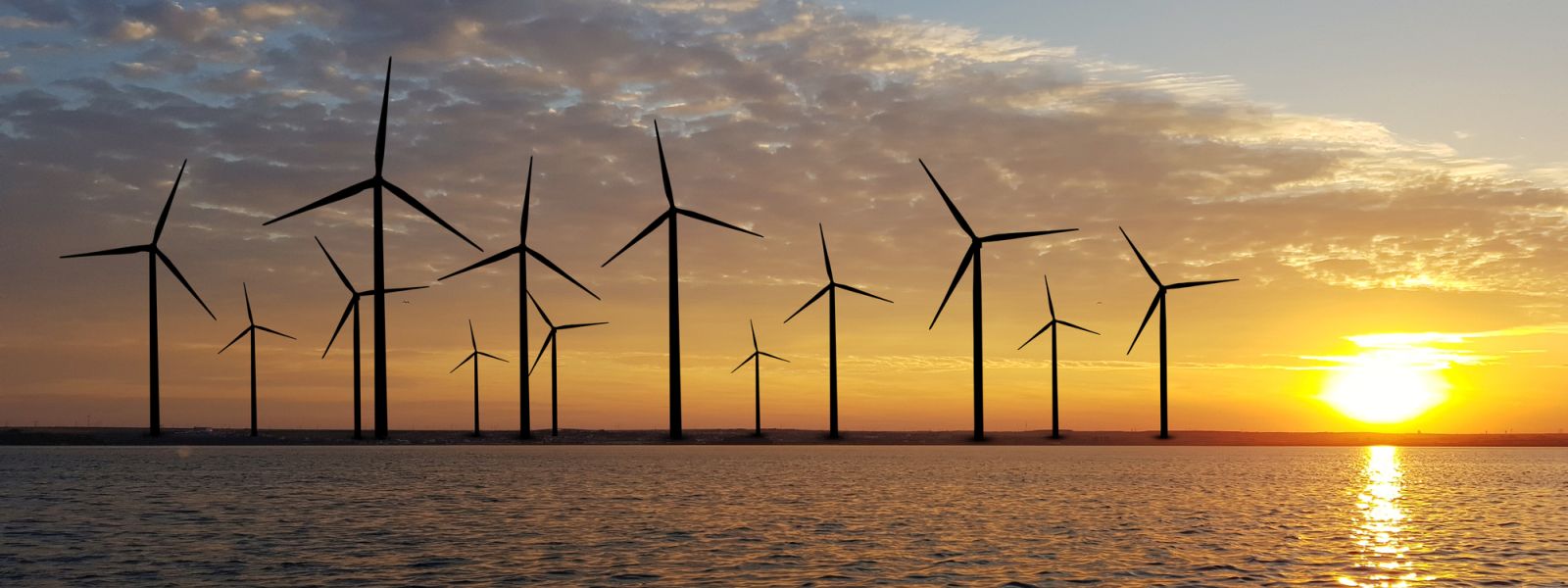
An international consortium including the University of Strathclyde has been awarded a prestigious Enterprise Singapore - Innovate UK grant to develop a next generation autonomous structural integrity inspection capability.
The vision of the project with autonomous robotics specialist BeeX, offshore energy survey and inspection provider Sulmara, and structural integrity specialists at Strathclyde, is to deliver a new Robotics-as-a-Service (RaaS) solution to reduce the resources required to conduct essential underwater inspections and asset integrity assessment of offshore wind turbines.
The solution will contribute to the UK's net-zero commitments by slashing energy requirements and emissions related to sea transport. Large vessels are currently required to transport personnel offshore to inspect energy assets, making, the introduction of optimised, automated, lower carbon solutions crucial.
Next generation
With the grant funding, BeeX will be delivering their next-generation hovering autonomous underwater vehicle (HAUV) specifically for Offshore Wind, carrying physical survey payloads, defined by Sulmara, suitable for monopile and jacket inspections. This build leverages critical learnings from BeeX’s flagship HAUV, A.IKANBILIS, which has already been piloted in Nordsee One, a German offshore windfarm.
The delivery of this HAUV will allow Sulmara to extend their existing site inspection capabilities and deliver RaaS inspections on UK offshore wind farm assets, with a demonstration phase planned for 2024.
The inspection missions will be optimised based on Strathclyde research, in developing a Structural Integrity framework to generate risk-based, fit-for-purpose, inspection missions that will feed into the HAUV automated mission control software.
Professor Feargal Brennan, Head of Department for Naval Architecture Ocean and Marine Engineering at Strathclyde said:
The climate emergency demands that we apply the very best innovation to ensure better underwater data collection methodologies.
We look forward to delivering this research and to seeing our innovations applied to achieve breakthroughs in remote subsea inspection.
Offshore wind is a critical and rapidly expanding sector with UK government targets to deliver 5 GW of floating wind by 2030.
Underwater inspections are essential in ensuring its safety. In many cases, these inspections are also mandatory for governments and financial backers.
Operations and Maintenance Costs at offshore wind farms remain the biggest operational cost.
The costs are largely driven largely by the use of large, specialised Dynamically Positioned (DP2) vessels to deploy work-class remotely operated vehicles (WROVs).
Reduced cost
With low carbon and reduced cost at the forefront of this project, it is clear that an Autonomous Underwater Vehicle hosted from an Uncrewed Surface Vehicle, both optimised for the offshore wind environment can build on and improve the capabilities of the current Work Class ROVs hosted from larger crewed vessels
BeeX chief executive officer, Grace Chia, said: “By 2025, we expect BeeX’s fully autonomous systems to help wind farm developers and operators reduce costs and risks to a fraction of today’s, from consenting to end-of-life. This grant funding is a critical piece of financing that unlocks the partners’ abilities to enable safer and clean energy for all, and we look forward to deployments at more wind farms across Europe.”
Kevin McBarron, CEO of Sulmara added: “BeeX next generation HAUV combined with Sulmara USV hosting has the potential to be an industry game changer, cutting costs and drastically reducing carbon emissions.”